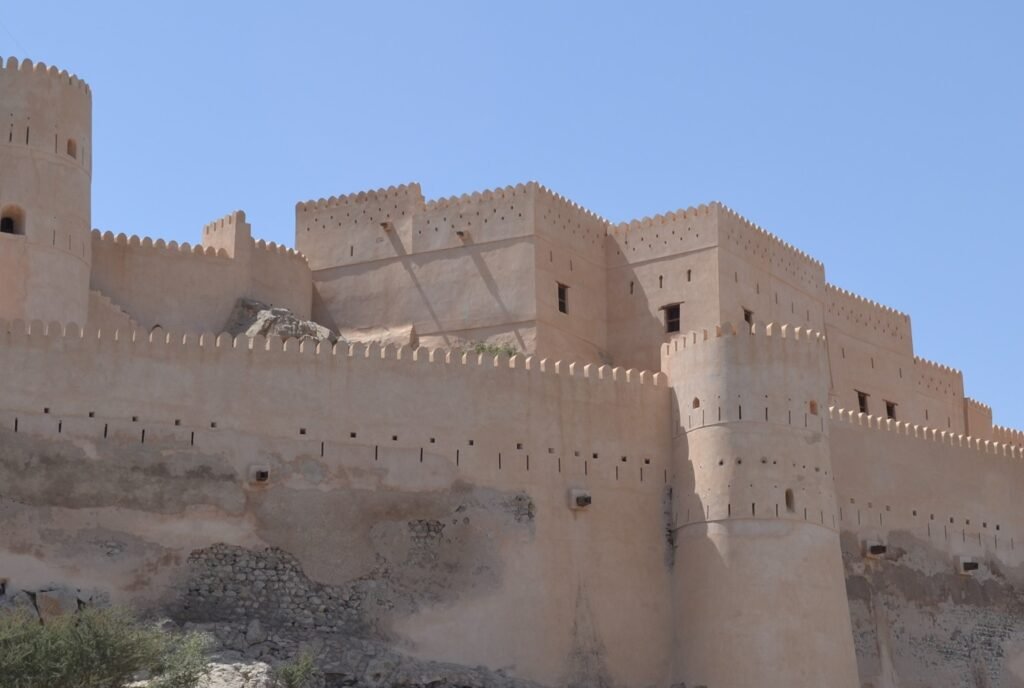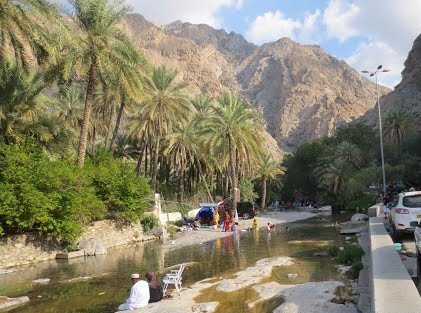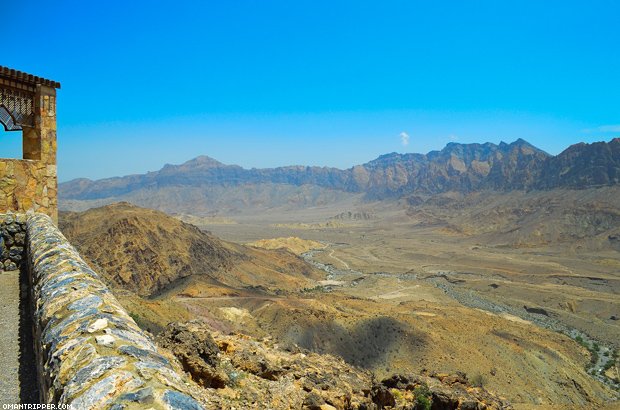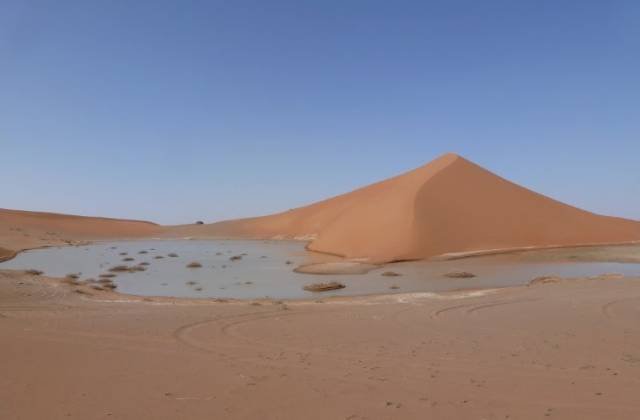Location of the Wilayat:
Wilayat Nakhal is one of the wilayats of the South Al Batinah Governorate, located in the western Hajar Mountains at the foothills of Jabal Al Shaybah, which overlooks it from the east. It is bordered to the north by the wilayats of Wadi Al Maawil and Barka, to the south by the Niyabat of Jabal Al Akhdar and the Wilayat of Samail, to the east by the wilayats of Bidbid and Al Seeb, and to the west by the wilayats of Al Awabi and Al Rustaq. The wilayat is located approximately 116 km from the capital, Muscat. The total area of Wilayat Nakhal is estimated at around 10,000 square kilometers, with a population of approximately 21,208 people according to the 2011 census. Nakhal is characterized by its close proximity to Muscat, making it the geographically closest wilayat to the capital. Areas such as Halban and Buah are adjacent to Al Khoudh and Al Maabela regions. The wilayat is well-equipped with various government services, including schools, a health center, electricity, water supply, and other essential infrastructure. Currently, the wilayat is also awaiting the completion of several additional service projects, such as a health complex, a sports center, and the Sultan Qaboos Grand Mosque. The wilayat relies on groundwater, aflaj (traditional irrigation channels), and natural springs for irrigating its agricultural lands. It is well known for its cultivation of palm trees, lemon trees, and mangoes. Additionally, fruits such as pomegranates, grapes, and apricots are grown in Wadi Mistal, which descends from the northern side of Jabal Al Akhdar.
Wilayat Nakhal is an ancient historical wilayat with a timeless significance, dating back to the pre-Islamic era. In Nakhal, nature reveals itself in its most magnificent and delightful forms, with vast, lush green lands shaded and surrounded by mountains. The wilayat is home to its grand fortress, towers, fresh water sources, and breathtaking natural scenery. The wilayat is rich with many historical landmarks, including places of worship such as grand mosques, mosques, and prayer areas. Among its most famous ancient mosques is Al-Gharid Mosque, a historic mosque bearing inscriptions indicating it was built in the year 923 AH (1517 AD). Also notable is the Al-Mukabbir Mosque in Al-Gharid, overlooking Wadi Al-Hammam near the famous Ain Al-Thawarah spring, for which Nakhal is well known. This mosque features a mihrab beautifully decorated with Islamic engravings and inscriptions and dates back to the 10th century. It is considered one of the mosques where artisans crafted some of the most exquisite mihrabs. Additionally, the Nakhal Grand Mosque is one of the oldest mosques in the wilayat. It was restored in 994 AH and is believed to have been originally built 600 years before its restoration. It is also the place where Imam Nasser bin Murshid bin Adi Al-Kharousi was pledged allegiance as Imam. The number of mosques in the wilayat is estimated to exceed 400.

Nakhal Fort
Nakhal Fort is one of the famous defensive forts — a grand and towering fortress perched on a rocky hilltop about 200 feet high. The current structure dates back to the 17th century, although accounts suggest that its construction began in the early Islamic era. A bridge with two curves passes beneath it, and the fort features several towers, the most notable being the Eastern Tower, the Western Tower, and the Central Tower. Inside, there are two water wells. After its initial construction, the Banu Nabhan dynasty added some enhancements and renovations. In the year 1200 AH, the Ya'aruba state also renovated the fort and added further features. In 1250 AH, Sultan Said bin Sultan undertook further restoration and built the wall and the central gate, giving it the appearance of a warship anchored deep in the sea. Surrounded by palm trees on all sides, from a distance, the vast green palm plantations resemble the sea, with the fort standing like a warship anchored within it. Today, Nakhal Fort is considered a major tourist attraction, drawing visitors from both inside and outside the Sultanate.
Ain Al-Thawarah


Wadi Mistal
Wadi Mistal contains several mountain villages, the most famous of which is the village of Wakan, located approximately 36 km from the center of the wilayat. Wakan is considered a prominent tourist attraction in the Sultanate, situated at an elevation of 3,000 feet. It is distinguished by its lush green terraces where various fruits are cultivated, such as apricots, black grapes, and pomegranates. The Ministry of Tourism has established a tourism project to serve the area, and there is also a mountain trail that connects Wakan to the villages of Jabal Al Akhdar.
Wadi Al Abyad
Wadi Al Abyad is located about 25 km from the center of the wilayat. Water flows through the wadi during rainfall, and on both its eastern and western sides, palm trees and other greenery enhance the natural beauty of the area. Wadi Al Abyad includes several villages, the most notable being Tawi Al Jini and Khubbat Al Ja’dan, known for their high sand dunes, which make them a popular destination for sand dune challenges, motorbike riding, and off-road dune driving. It is also considered an ideal location for picnics and camping. Additionally, the wilayat is home to many other tourist sites, including valleys and mountainous areas rich in natural beauty.


The Traditional Market and Handicrafts:
Nakhal is known for many traditional crafts, the most important of which are:
1. – The production of Omani Sarooj, a traditional material used for the restoration of forts and historical sites
2. The production of palm frond crafts, which includes the making of Al-Izaaf (woven mats), Al-Mukharrif (palm leaf baskets), Al-Qufran (palm baskets), Al-Dharf (small bags), Al-Mashb (traditional fans), and many other well-known palm frond products.
3.Carpentry and woodwork, with the most important items being intricately carved wooden doors, wooden arches, and windows.
4. The production of Omani halwa, where Nakhal is famous for the high quality of its Omani halwa, which is considered a symbol of generosity and hospitality among Omanis.
5. Blacksmithing is a traditional craft that involves the production of various metal utensils, decorative items, and copper tools with diverse uses.

